|
VI. Has Helping the Unemployed
Worked
The War on Work—and How to End It
"Unfortunately, policymakers seem intent on making the joblessness
crisis worse. The past decade or so has seen a resurgent progressive
focus on inequality—and little concern among progressives about the
downsides of discouraging work. Advocates of a $15 minimum hourly wage,
for example, don’t seem to mind, or believe, that such policies deter firms
from hiring less skilled workers. The University of California–San Diego’s
Jeffrey Clemens examined states where higher federal minimum wages raised
the effective state-level minimum wage during the last decade. He found that
the higher minimum “reduced employment among individuals ages 16 to 30 with
less than a high school education by 5.6 percentage points,” which accounted
for “43 percent of the sustained, 13 percentage point decline in this skill
group’s employment rate.”
The decision to prioritize equality over employment is particularly
puzzling, given that social scientists have repeatedly found that
unemployment is the greater evil. Economists Andrew Clark and Andrew Oswald
have documented the huge drop in happiness associated with unemployment—about
ten times larger than that associated with a reduction in earnings from the
$50,000–$75,000 range to the $35,000–$50,000 bracket. One recent study
estimated that unemployment leads to 45,000 suicides worldwide annually.
Jobless husbands have a 50 percent higher divorce rate than employed
husbands. The impact of lower income on suicide and divorce is much
smaller. The negative effects of unemployment are magnified because it
so often becomes a semipermanent state. repeatedly found that
unemployment is the greater evil. Economists Andrew Clark and Andrew Oswald
have documented the huge drop in happiness associated with unemployment—about
ten times larger than that associated with a reduction in earnings from the
$50,000–$75,000 range to the $35,000–$50,000 bracket. One recent study
estimated that unemployment leads to 45,000 suicides worldwide annually.
Jobless husbands have a 50 percent higher divorce rate than employed
husbands. The impact of lower income on suicide and divorce is much
smaller. The negative effects of unemployment are magnified because it
so often becomes a semipermanent state.
Time-use studies help us understand why the unemployed are so miserable.
Jobless men don’t do a lot more socializing; they don’t spend much more time
with their kids. They do spend
an extra 100 minutes daily watching television, and they sleep more. The
jobless also are more likely to use illegal drugs. While fewer than 10
percent of full-time workers have used an illegal substance in any given
week, 18 percent of the unemployed have done drugs in the last seven days,
according to a 2013 study by Alejandro Badel and Brian Greaney.
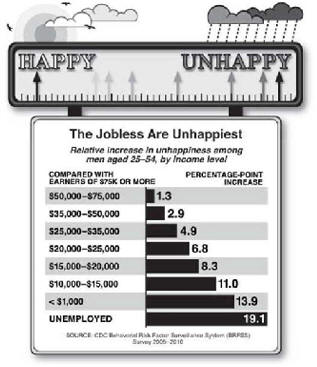
Joblessness and disability are also particularly associated with America’s
deadly opioid epidemic.David Cutler and I examined the rise
in opioid deaths between 1992 and 2012. The strongest correlate of those
deaths is the share of the population on disability. That connection
suggests a combination of the direct influence of being disabled, which
generates a demand for painkillers; the availability of the drugs through
the health-care system; and the psychological misery of having no economic
future.
Increasing the benefits received by nonemployed persons may make their
lives easier in a material sense but won’t help reattach them to the labor
force. It won’t give them the sense of pride that comes from economic
independence. It won’t give them the reassuring social interactions that
come from workplace relationships. When societies sacrifice employment for a
notion of income equality, they make the wrong choice.
Politicians, when they do focus on long-term unemployment, too often
advance poorly targeted solutions, such as faster growth, more
infrastructure investment, and less trade. More robust GDP growth is
always a worthy aim, but it seems unlikely to get the chronically jobless
back to work. The booms of the 1990s and early 2000s never came close to
restoring the high employment rates last seen in the 1970s. Between 1976 and
2015, Nevada’s GDP grew the most and Michigan’s GDP grew the least among
American states. Yet the two states had almost identical rises in the share
of jobless prime-age men.
Infrastructure spending similarly seems poorly targeted to ease the problem.
Contemporary infrastructure projects rely on skilled workers, typically with
wages exceeding $25 per hour; most of today’s jobless lack such skills.
Further, the current employment in highway, street, and bridge construction
in the U.S. is only 316,000. Even if this number rose by 50 percent, it
would still mean only a small reduction in the millions of jobless
Americans. And the nation needs infrastructure most in areas with the
highest population density; joblessness is most common outside metropolitan
America. (See “If You Build It . . .,” Summer 2016.)
Finally, while it’s possible that the rise of American joblessness would
have been slower if the U.S. had weaker trade ties to lower-wage countries
like Mexico and China, American manufacturers have already adapted to a
globalized world by mechanizing and outsourcing. We have little reason
to be confident that restrictions on trade would bring the old jobs back.
Trade wars would have an economic price, too. American exporters would cut
back hiring. The cost of imported manufactured goods would rise, and U.S.
consumers would pay more, in exchange for—at best—uncertain employment
gains.
The techno-futurist narrative holds that machines will displace most
workers, eventually. Social peace will be maintained only if the armies of
the jobless are kept quiet with generous universal-income payments. This
vision recalls John Maynard Keynes’s 1930 essay “Economic Possibilities for
Our Grandchildren,” which predicts a future world of leisure, in which his
grandchildren would be able to satisfy their basic needs with a few hours of
labor and then spend the rest of their waking hours edifying themselves with
culture and fun.
But for many of us, technological progress has led to longer work hours, not
playtime. Entrepreneurs conjured more products that generated more earnings.
Almost no Americans today would be happy with the lifestyle of their
ancestors in 1930. For many, work also became not only more remunerative but
more interesting. No Pennsylvania miner was likely to show up for extra
hours (without extra pay) voluntarily. Google employees do it all the time.
Joblessness is not foreordained, because entrepreneurs can always dream
up new ways of making labor productive. Ten years ago, millions of
Americans wanted inexpensive car service. Uber showed how underemployed
workers could earn something providing that service. Prosperous, time-short
Americans are desperate for a host of other services—they want not only
drivers but also cooks for their dinners and nurses for their elderly
parents and much more. There is no shortage of demand for the right kinds of
labor, and entrepreneurial insight could multiply the number of new tasks
that could be performed by the currently out-of-work. Yet over the last
30 years, entrepreneurial talent has focused far more on delivering new
tools for the skilled than on employment for the unlucky. Whereas Henry
Ford employed hundreds of thousands of Americans without college degrees,
Mark Zuckerberg primarily hires highly educated programmers." Unnfortunately, policymakers seem intent on making the
joblessness crisis worse.
Little concern among progressives about the downsides of discouraging
work.
Jeffrey Clemens increase state-level minimum wage during the last decade.
“reduced employment among individuals ages 16 to 30 with less than
a high school education by 5.6 percentage points,” which accounted for
“43 percent of the sustained, 13 percentage point decline in this skill
group’s employment rate.”
"huge drop in happiness associated with
unemployment—about ten times larger than that associated with a reduction in
earnings from the $50,000–$75,000 range to the $35,000–$50,000 bracket.
One recent
study estimated that unemployment leads to 45,000 suicides worldwide
annually. Jobless husbands have a 50 percent higher divorce rate than
employed husbands. The impact of lower income on suicide and divorce is much
smaller. The negative effects of unemployment are magnified because it so
often becomes a semipermanent state."
Increasing the benefits received by nonemployed
persons may make their lives easier in a material sense but won’t help
reattach them to the labor force Joblessness and disability are also
particularly associated with America’s deadly opioid epidemic. |


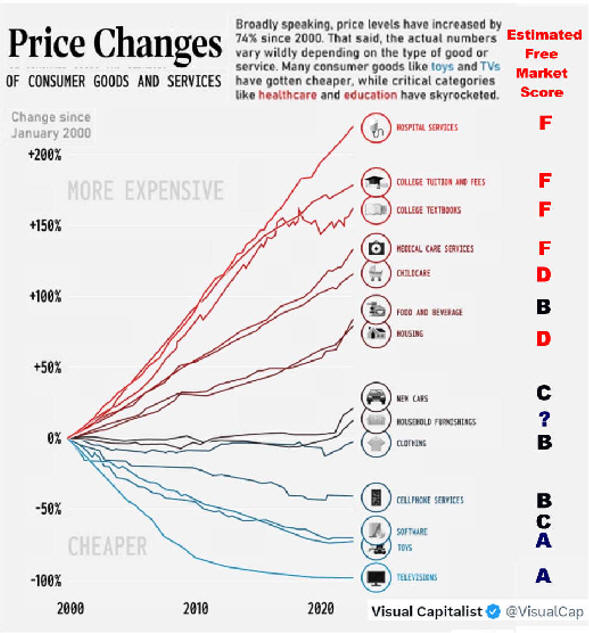
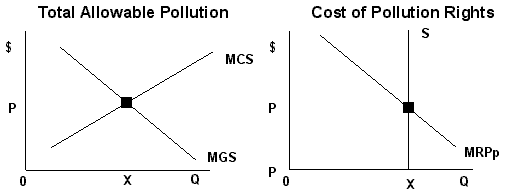
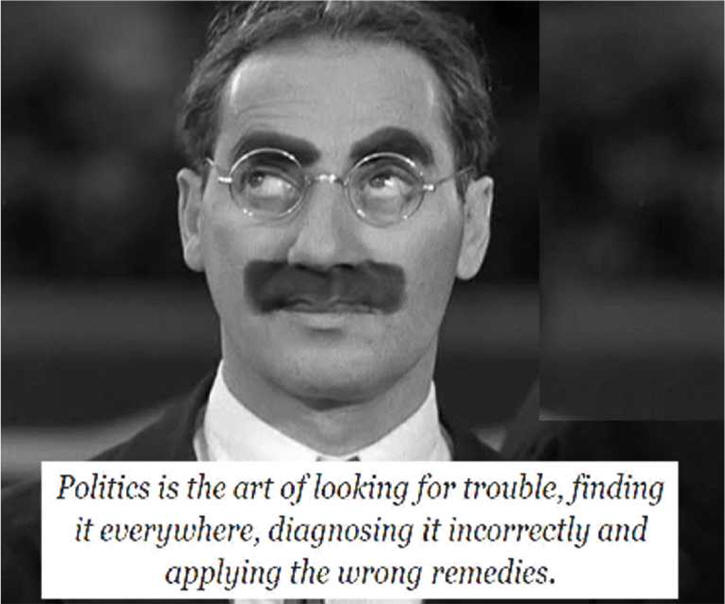
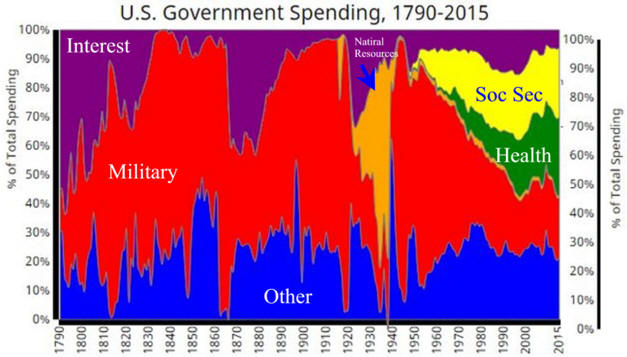

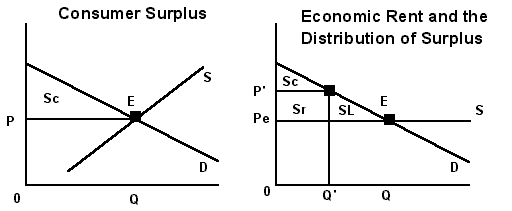
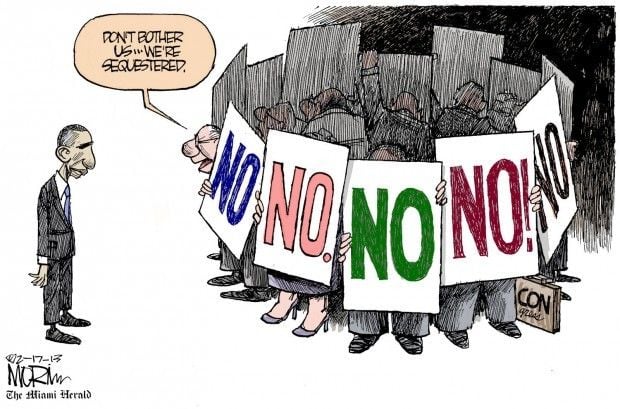
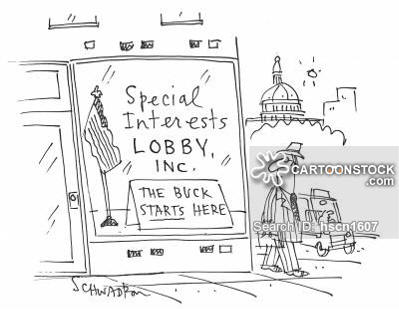
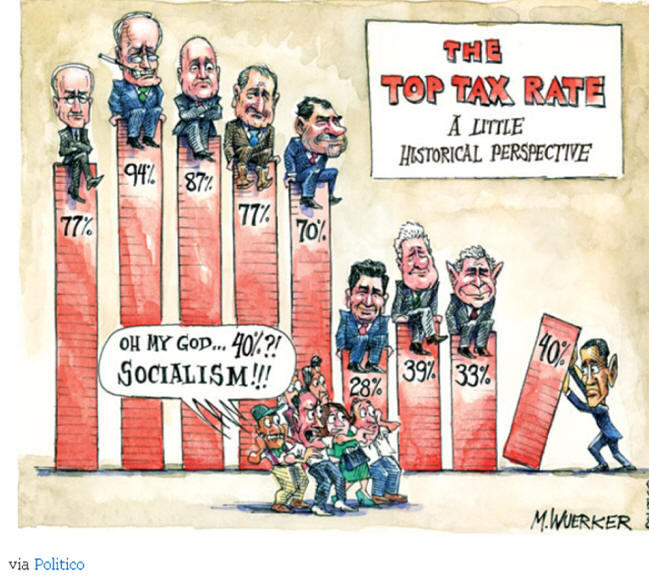
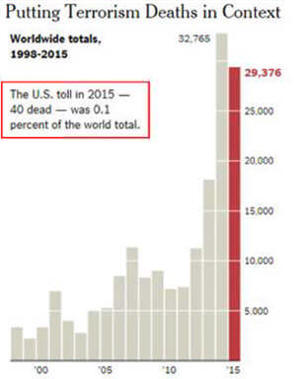
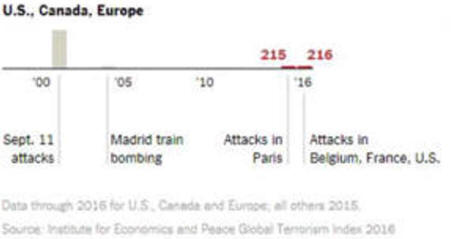
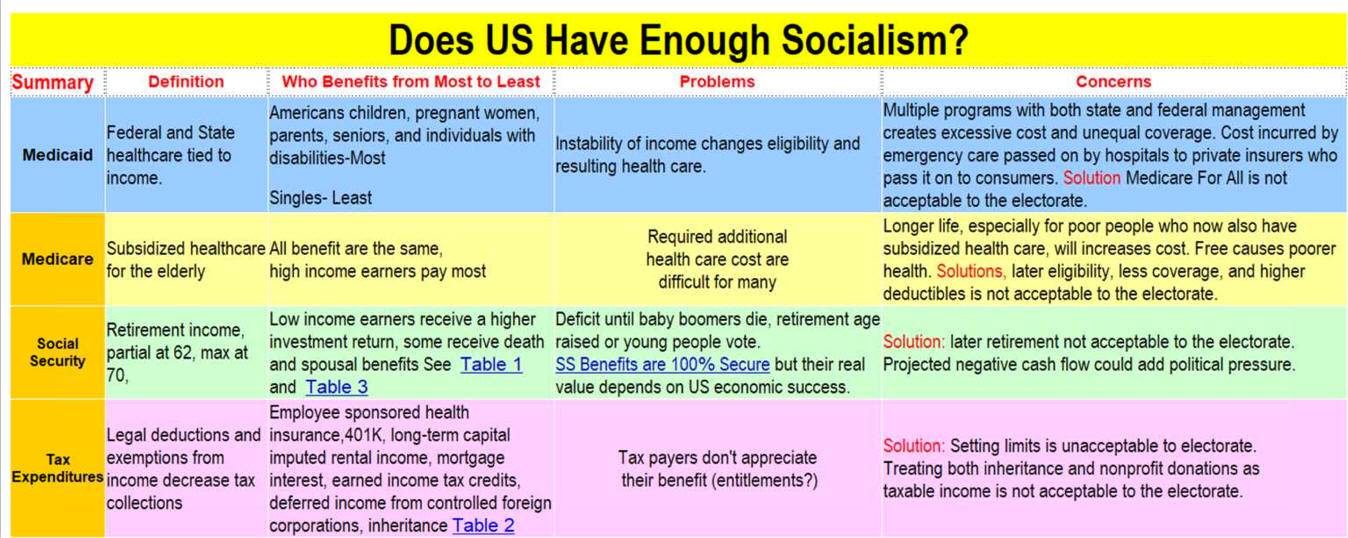
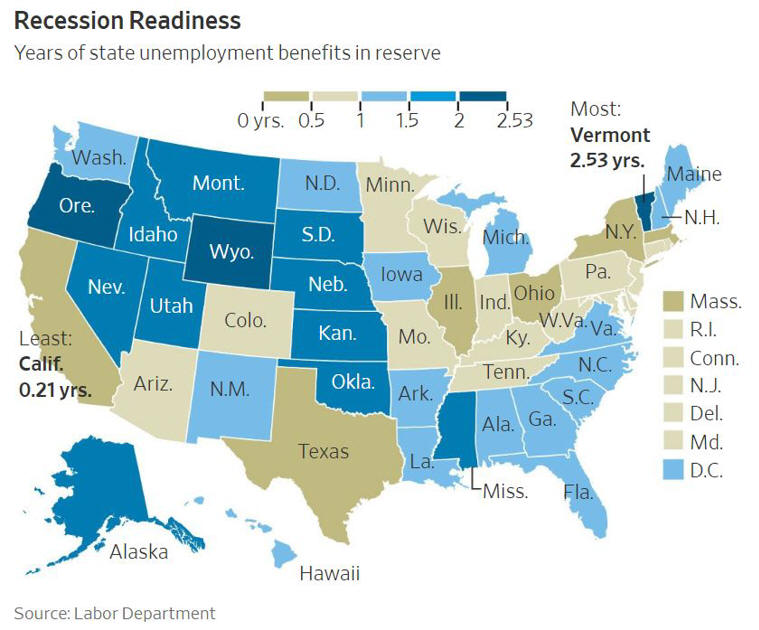
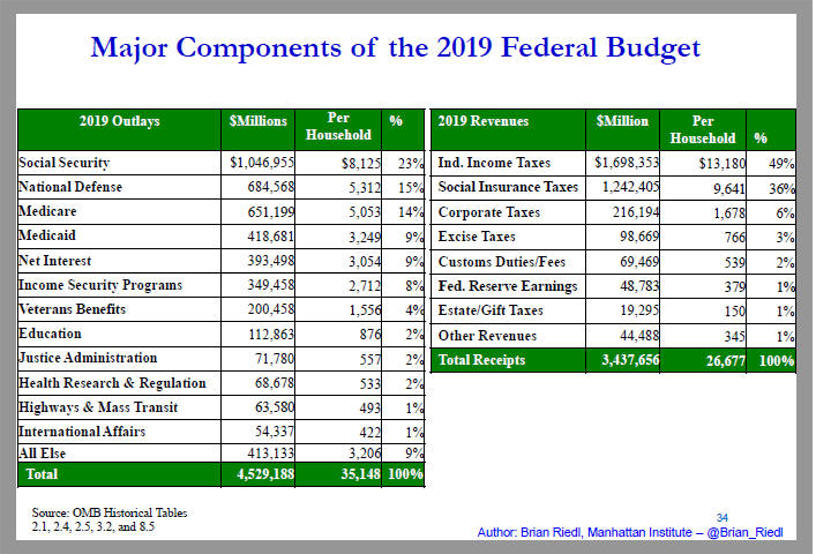
 repeatedly found that
unemployment is the greater evil. Economists Andrew Clark and Andrew Oswald
have documented the huge drop in happiness associated with unemployment—about
ten times larger than that associated with a reduction in earnings from the
$50,000–$75,000 range to the $35,000–$50,000 bracket. One recent study
estimated that unemployment leads to 45,000 suicides worldwide annually.
Jobless husbands have a 50 percent higher divorce rate than employed
husbands. The impact of lower income on suicide and divorce is much
smaller. The negative effects of unemployment are magnified because it
so often becomes a semipermanent state.
repeatedly found that
unemployment is the greater evil. Economists Andrew Clark and Andrew Oswald
have documented the huge drop in happiness associated with unemployment—about
ten times larger than that associated with a reduction in earnings from the
$50,000–$75,000 range to the $35,000–$50,000 bracket. One recent study
estimated that unemployment leads to 45,000 suicides worldwide annually.
Jobless husbands have a 50 percent higher divorce rate than employed
husbands. The impact of lower income on suicide and divorce is much
smaller. The negative effects of unemployment are magnified because it
so often becomes a semipermanent state.